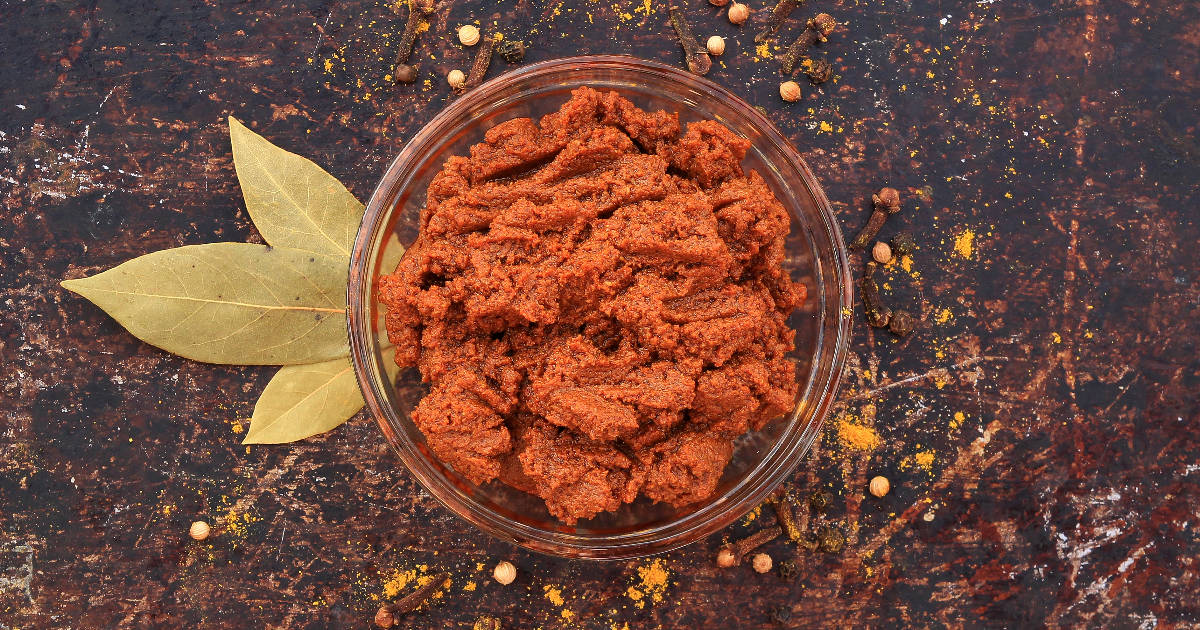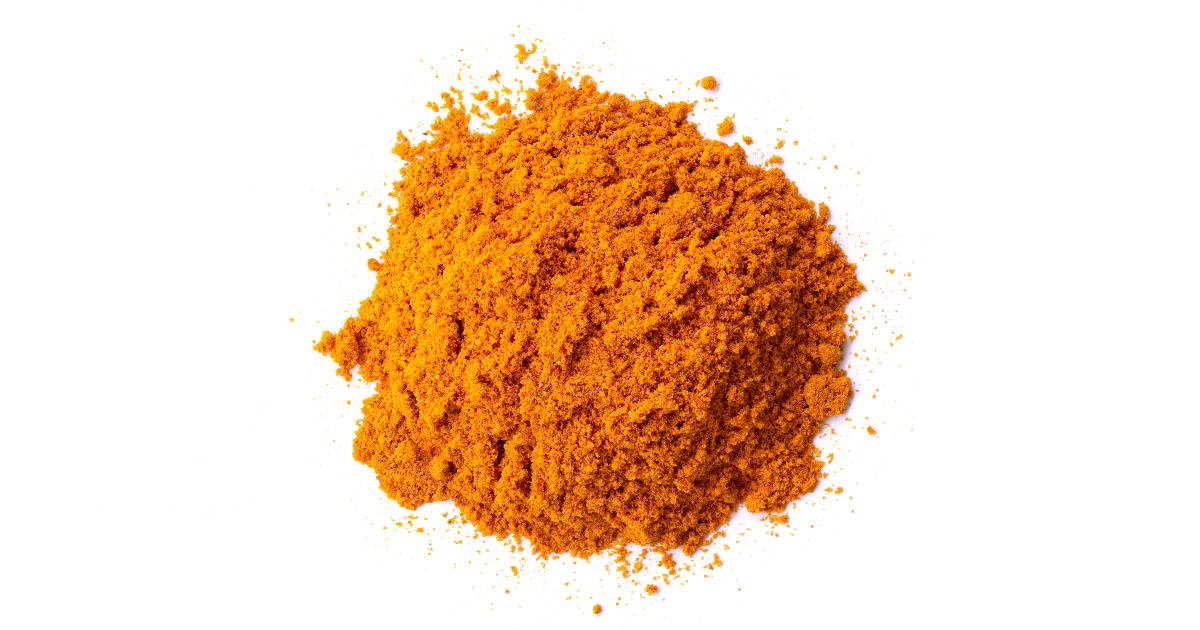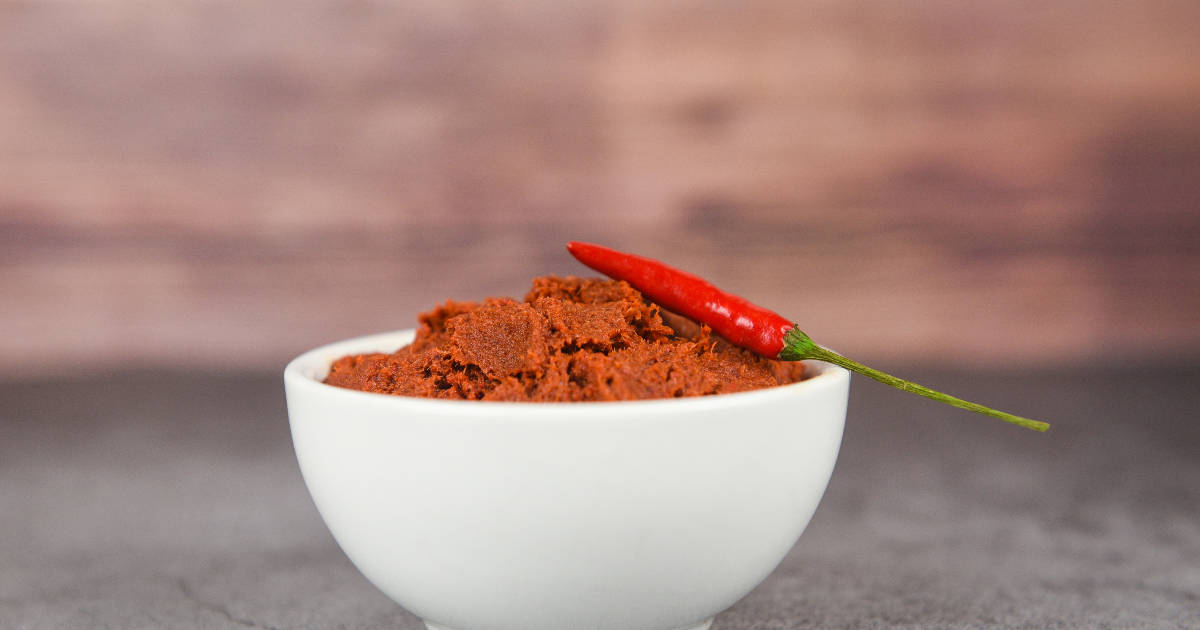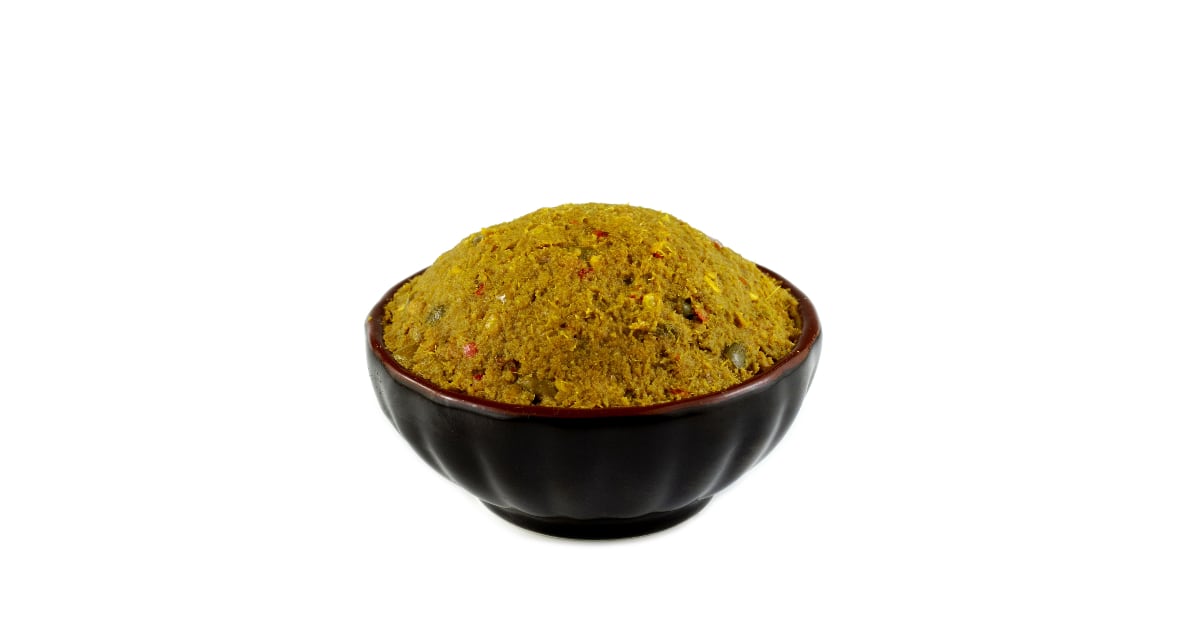Curry is a versatile and delicious ingredient used in many cuisines around the world. However, there is often confusion around the differences between the two main forms of curry: curry powder and curry paste.

While their names are similar, curry powder and paste have distinct characteristics, flavors, and uses in cooking. Understanding how they differ allows you to use them properly to get the best results in your dishes.
What is Curry Powder?

Curry powder is a blend of various ground spices that imparts a warm, earthy flavor. It originated when the British tried to recreate the taste of curries from India in the 18th century.
The exact combination of spices in curry powder can vary, but some standard ingredients are:
- Turmeric - Provides a vibrant golden color and slightly bitter, earthy taste
- Coriander - Adds a citrusy, floral aroma
- Cumin - Imparts an earthy, nutty flavor
- Fenugreek - Has a sweet, maple-like taste
- Chili Powder - Brings heat and a red pepper flavor
- Cinnamon - Provides a subtly sweet, aromatic note
Other spices like cloves, cardamom, fennel, mustard seeds, and black pepper may also be included. Commercial curry powders can have 10 or more different spices blended together.
The resulting flavor of curry powder is warm, mildly spicy, and complex. It works well when making Indian-style curries, stews, soups, and rubs. You can also use it to season roasted vegetables, meats, eggs, popcorn, and more.
What is Curry Paste?

In contrast to the dried spice mix of curry powder, curry paste has a thick, concentrated texture. Traditional pastes often start with fresh ingredients like chilies, shallots, garlic, ginger, lemongrass, and galangal pounded together in a mortar and pestle.
Spices like cumin, coriander, and turmeric are also incorporated along with extras like lime zest, fish sauce, and shrimp paste. Vegetable oil helps turn this mixture into a cohesive paste.
Curry paste is popular in Thai and Southeast Asian cooking. It comes in a range of colors and heat levels:

- Red curry paste - Made with red chilies and has a spicy kick
- Green curry paste - Gets color and mild heat from green chilies
- Yellow curry paste - Turmeric provides its golden hue and mellow flavor
Compared to curry powder, pastes have a more intense and complex taste. Just a spoonful infuses dishes with lots of aromatic flavor. They are often used as the base for curries, soups, and stir-fries.
Key Differences Between Curry Powder and Paste
While both ingredients add that signature curry taste, understanding how curry powder and paste differ allows you to use them properly. Here are some of the main ways they vary:
Texture
- Curry powder is a dried spice blend ground into a fine powder.
- Curry paste has a thick, wet paste consistency from the fresh ingredients blended into it.
Spice Level
- Most curry powders provide a mild to moderately spicy heat.
- Curry pastes made with fresh chilies tend to be quite hot and spicy.
Flavor Profile
- Curry powder has an earthy, warm flavor, often described as delicately fragrant.
- Curry paste is very aromatic and intense, with upfront ginger, garlic, and lemongrass notes.
Origin
- Curry powder originated when the British recreated Indian curry flavors with spices they had on hand.
- Curry paste has roots in Thai and Southeast Asian cooking, using authentic regional ingredients.
Uses
- Curry powder is versatile as a seasoning or cooking ingredient. It's used in Indian curries, stews, soups, rubs, dressings, and more.
- Curry paste is usually just used as a cooking ingredient, fried at the start of making a Thai curry or soup. It's not typically eaten raw.
Shelf Life
- Properly stored curry powder keeps for 6 months or longer.
- Curry paste made with fresh ingredients only lasts 4-6 weeks refrigerated.
Using Curry Powder vs. Curry Paste
When should you use curry powder versus curry paste? Keep these tips in mind:
- For Indian-style curries and dishes, use curry powder. It provides the right traditional flavor profile.
- For Thai curries like green, red, or yellow, use curry paste as the flavor base. This gives authentic Thai flavor.
- Curry powder can be tossed with vegetables, sprinkled on eggs, or stirred into dressings as a dry seasoning.
- Curry paste should be briefly fried in oil to release its flavors before adding other ingredients. Don't use it as a dry seasoning.
- Adjust the amount of curry powder to taste as you cook a dish. Start with 1-2 teaspoons per pound of protein or veggies.
- Use 1-3 tablespoons of curry paste per pound of protein or veggies, depending on how intense you want the curry flavor to be.
- Add more curry powder near the end of cooking if you want to boost flavor without overwhelming a dish.
- Mix in curry paste at the start of cooking to allow time for its flavor to develop fully.
- Store curry powder in an airtight container in a cool, dry place away from light.
- Keep curry paste refrigerated in an airtight container for up to 1 month after opening.
Can You Substitute Curry Powder for Paste or Vice Versa?
Because of the major differences in texture, spice level, and flavor profile, curry powder and curry paste are not recommended substitutes for each other in recipes.
Trying to swap curry powder for an equal amount of curry paste will likely result in a much spicier and more intensely flavored dish. It would overwhelm delicate ingredients.
On the flip side, replacing curry paste with curry powder may provide insufficient flavor since the dried powder does not have the concentrated taste of fresh paste.
You can experiment with using one instead of the other but understand that the final dish will turn out differently than the original recipe intends. It's best to use the specified curry ingredient when possible.
FAQ
Is curry powder spicy?
Most standard curry powders provide mild to moderately spicy heat, but some specialty blends can be quite hot. Individual tolerance for spiciness varies too. Start with small amounts and adjust up if you want more heat.
Can you make curry paste from curry powder?
Not traditionally. Curry paste uses fresh ingredients that provide much more flavor than just rehydrating dry curry powder. But in a pinch, you could blend curry powder with a little water or oil to make a quick paste substitute.
Is curry powder Indian or Thai?
Curry powder was invented by the British using Indian-style spices. It's used in many Indian dishes but is not a traditional Indian ingredient. Thai curry pastes are more authentic to Southeast Asian cooking.
How do you make homemade curry powder or paste?
Homemade curry powder combines dried spices like cumin, coriander, turmeric, fenugreek, chili powder, cinnamon, cloves, etc. Look up recipes to suit your taste. For the paste, use fresh chilies, garlic, ginger, lemongrass, galangal, spices, etc., and blend to a paste consistency.
Can you substitute garam masala for curry powder?
Not directly. Garam masala is an Indian spice blend but it does not contain turmeric, so it has a very different flavor from curry powder. For best results, use the specifically called curry ingredient.
Conclusion
Curry powder and curry paste both provide a warm, aromatic curry flavor but in very different forms. Understanding the unique characteristics of each allows you to use them properly based on your dish and personal taste preferences.
Curry paste offers an authentically intense, spicy kick perfect in Thai curries. Curry powder provides a more mellow, layered flavor ideal for Indian-inspired dishes.

